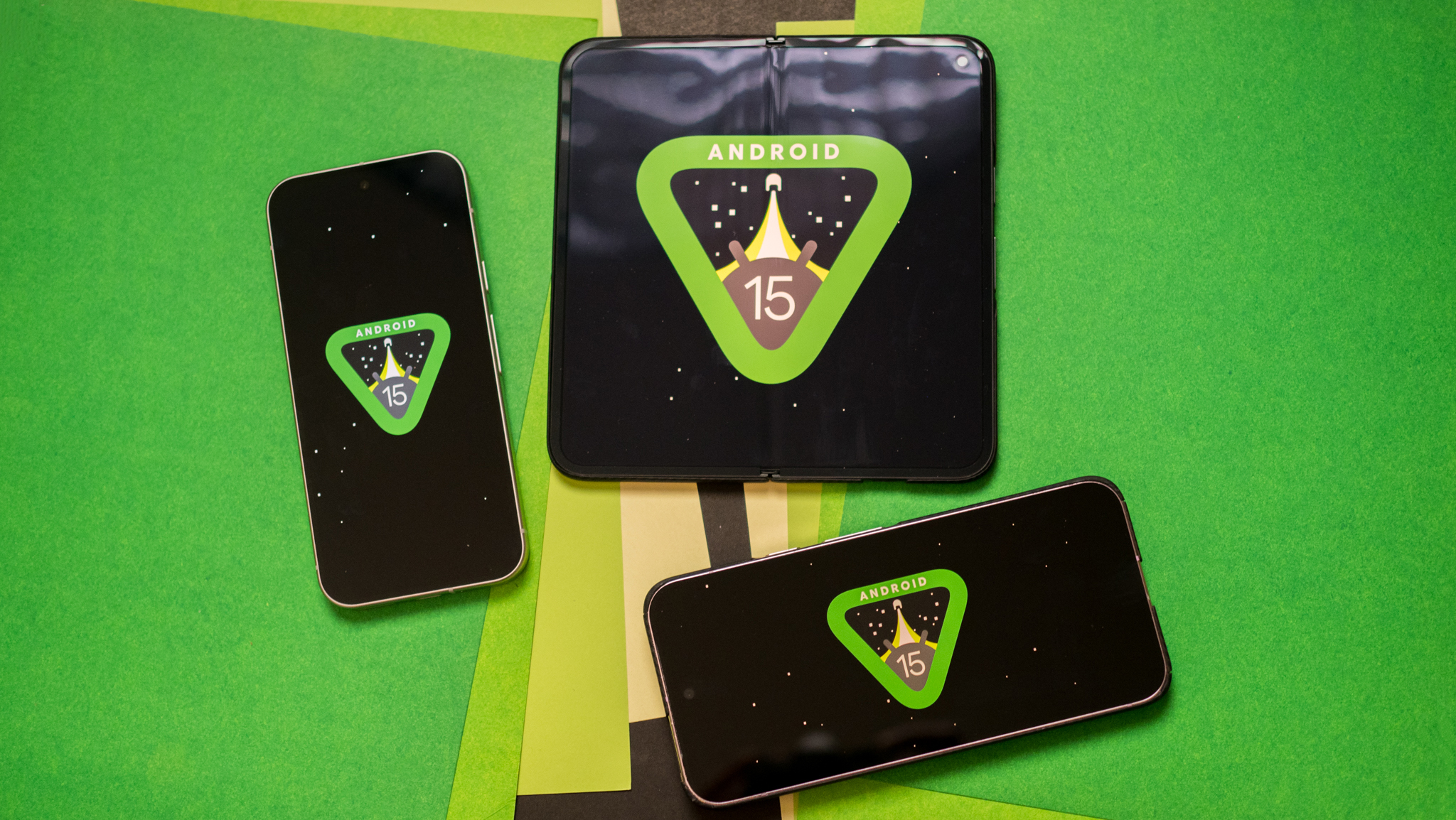Google raises Android 15's onboard storage requirements to 32GB
Shaking up the ultra-budget sector of the Android market.

What you need to know
- Android 15 now requires 32GB of onboard storage, enforcing this requirement by leveraging GMS licensing.
- Technically, phones with less than 32GB of storage can still run AOSP builds of Android 15.
- Phones with 3GB of memory or fewer are now required to use Android Go Edition.
Android's base-level system requirements are quite low compared to the premium capabilities of the best phones on the market. However, they do increase from time to time, and Android 15 includes new storage and tweaked RAM requirements for devices. As discovered by Android Authority, Google now requires devices to ship with 32GB of storage to run (or upgrade to) Android 15.
The increased requirement has to do with increasing sizes of Android OS updates, as well as individual app sizes. By the time you install Android on a phone with 16GB of RAM and download a few apps, you're out of storage. As such, Android 14 is the last version that can run on low-end devices with only 16GB of storage. While uncommon, Android phones with 16GB of storage do exist, particularly on ultra-budget phones with expandable storage.
As always, the new 32GB requirement must have 75% of its total capacity allocated to the main Android data partition, which includes the OS itself plus apps and files. Technically, budget Android phones can run Android 15 with less than 32GB of storage using the Android Open Source Project (AOSP).
With that being said, critical Google services — like GMS — can be withheld from devices that don't comply with these requirements, severely impacting usability. For instance, a Google Mobile Services license is required to offer Google Play Services, and crucially, the Google Play Store for apps.

The 32GB requirement for Android 15 is up from 16GB for Android 14. It's the first time Google has raised Android system requirements since Android 13, which was the first to require 16GB. Before that, Android 12 only needed 8GB to run. All of these versions necessitated that 75% of the capacity be allocated to the main data partition.
Aside from the new storage requirements, Vulkan 1.3 graphics is required for chipsets running Android 15. The same goes for ANGLE libraries, unless the device is using Android Go Edition — a version of Android specifically optimized for lower-end hardware. This comes as Google recently made Vulkan the official graphics API for Android.
The changes also require devices with 3GB of memory or less to use Android Go Edition, up from 2GB. The baseline requirement of 2GB memory for GMS licensing is unchanged.
Be an expert in 5 minutes
Get the latest news from Android Central, your trusted companion in the world of Android
Starting with Android 16, ANGLE libraries must be enabled by default on devices. It's unclear whether the next version of Android will include any other new hardware requirements.

Brady is a tech journalist for Android Central, with a focus on news, phones, tablets, audio, wearables, and software. He has spent the last three years reporting and commenting on all things related to consumer technology for various publications. Brady graduated from St. John's University with a bachelor's degree in journalism. His work has been published in XDA, Android Police, Tech Advisor, iMore, Screen Rant, and Android Headlines. When he isn't experimenting with the latest tech, you can find Brady running or watching Big East basketball.
You must confirm your public display name before commenting
Please logout and then login again, you will then be prompted to enter your display name.
